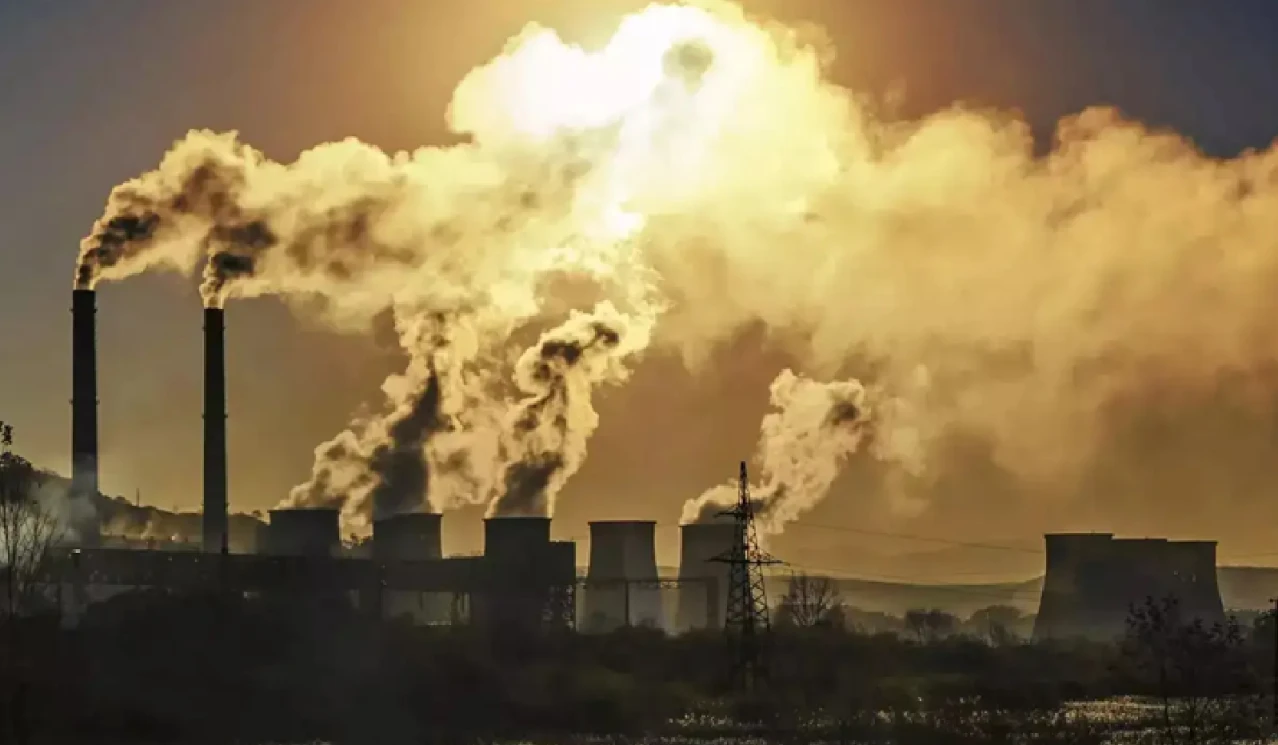First legally binding GEI Target Rules, 2025 target four high-emission sectors i.e. aluminium, cement, pulp & paper, and chlor-alkali.
- GEI is the amount of GHGs that are emitted per unit of product output. For instance, the gases released in the production of a tonne of product, such as cement or aluminum.
What are the rules?
About CCTS, 2023
|
- Issued under: compliance mechanism of Carbon Credit Trading Scheme (CCTS), 2023.
- Compliance Enforced by: Central Pollution Control Board (CPCB).
- Objective: To reduce greenhouse gas emissions per unit of output (CO2e per tonne of product) in carbon-intensive sectors and facilitate carbon credit trading.
Mechanism:
- Compliant entities reducing emissions below target earn tradable carbon credit certificates.
- The BEE will issue the carbon credits certificate.
- Non-compliant entities must buy additional certificates or pay an environmental compensation, which equals twice the average carbon credit price for that compliance year.
Significance
- Market-based compliance: Earned carbon credits can be traded on the domestic carbon market.
- Rules will help operationalize the country’s domestic carbon market under the Carbon Credit Trading Scheme (CCTS), 2023.
- Transparency: Registration and documentation under Indian Carbon Market portal.
- Revenue for sustainability: Environmental compensation funds support carbon market infrastructure.
- Supports India’s climate goals: supports commitments under the Paris Agreement.






